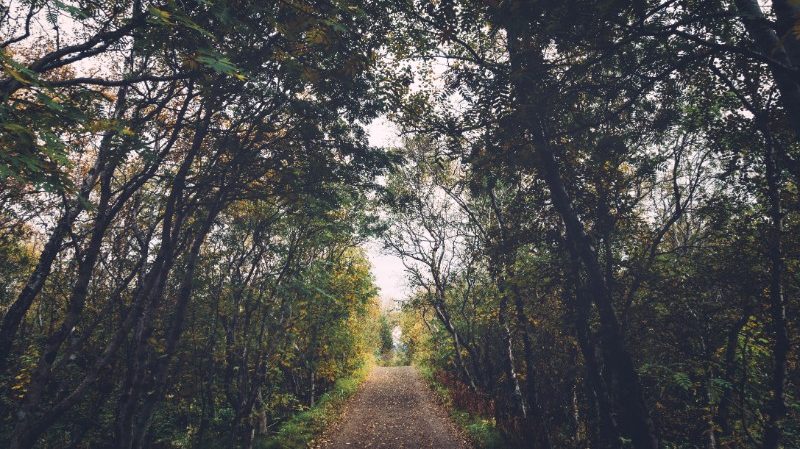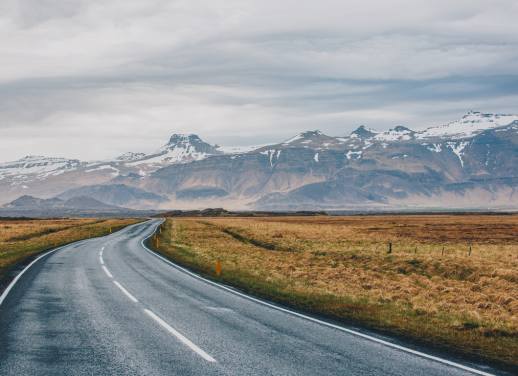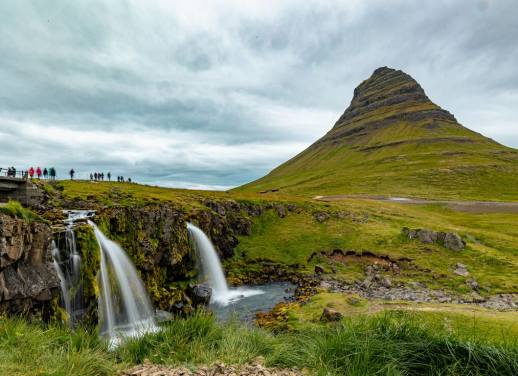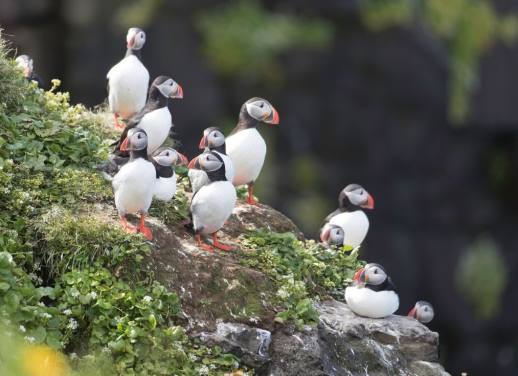UPDATED: This article was originally published in February 2018.
When you touch down in Iceland, one of the first things you notice is the country’s distinct lack of trees. There are a few sparse groves here and there, but for the most part Iceland is largely void of any vegetation higher than a metre.
While the chilly conditions makes it hard for most greenery to thrive, there’s more to the story than insufficient vitamin D, strong winds and porous soil. Once upon a time, around a third of the island was covered in forest. The cold and windy climate didn’t really support much diversity in tree type, but a variety of low growth birch spread its roots and managed to survive.
So what happened?
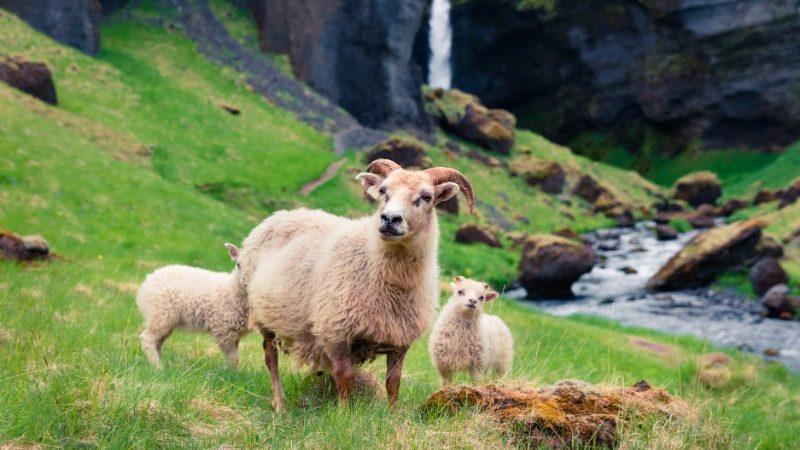
Photo by Andrew Mayovskyy, Shutterstock
Two words: the Vikings. When they settled in Iceland in the ninth century, bringing with them sheep, horses, and a strong desire to chop things down, they cleared as much land as they could (ie. all of it). The forests were destroyed to make way for farmland, and the grazing livestock – who quite enjoyed munching on young birch trees – made it virtually impossible for anything to grow. And when you throw volcanic eruptions (spewing thick blankets of ash across the land) and powerful sandstorms into the mix, you get an environment that’s pretty inhospitable to new life.
RELATED: 8 YEARS OF CARBON NEUTRAL: THIS IS HOW INTREPID OFFSETS YOUR TRIP
But now, more than a thousand years later, Icelanders are keen to repopulate their country with trees. More trees means lower CO2 levels, less soil erosion and better agriculture; all round environmental wins.
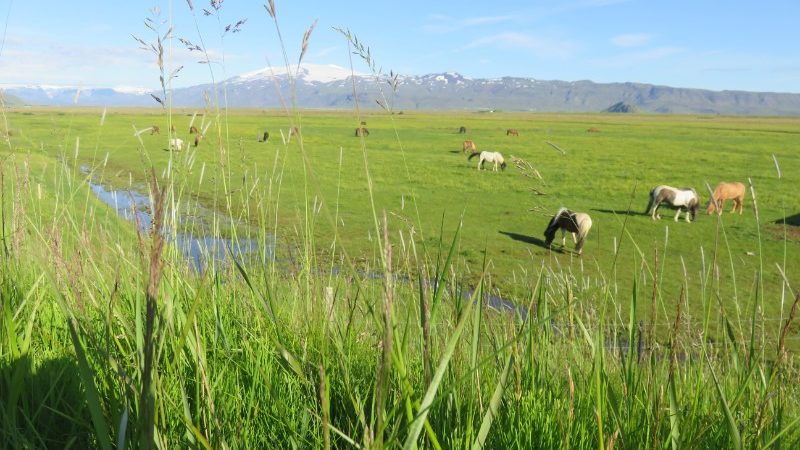
Photo provided by Smáratún Guesthouse
Planting efforts in recent years have seen the reforestation of more than 120,000 acres, which sounds like a lot but only equates to about two per cent of Iceland’s countryside. The plan, according to the Iceland Forest Service, is to bump that up to 2.5 per cent, which will eventually naturally regenerate about ten per cent of the country.
RELATED: WHY NORTHERN ICELAND IS THE NEXT BIG THING IN TRAVEL
How you can help
Enter Smáratún, a small family-run guesthouse and farm located in Fljótshlíð in Iceland’s south; it just so happens to be a spot we stay at on a few of our trips. The farm is located in a beautiful valley, surrounded by active and sleeping volcanos. To the south is the Westman Islands, which last erupted in 1973; southeast is the infamous Eyjafjallajökull, which wreaked havoc across Iceland (and the world, with thousands of flights cancelled, grounded and diverted) when it erupted in 2010; in the east is Katla, nestled under the icecaps of the Mýrdalsjökull glacier; northeast is the sleeping Tindfjöll volcano; and in the north is Hekla, a very active volcano that blows off steam (and lava and ash) every 10 or so years. Volcanologists are monitoring it closely, as it’s due to erupt again any day now.
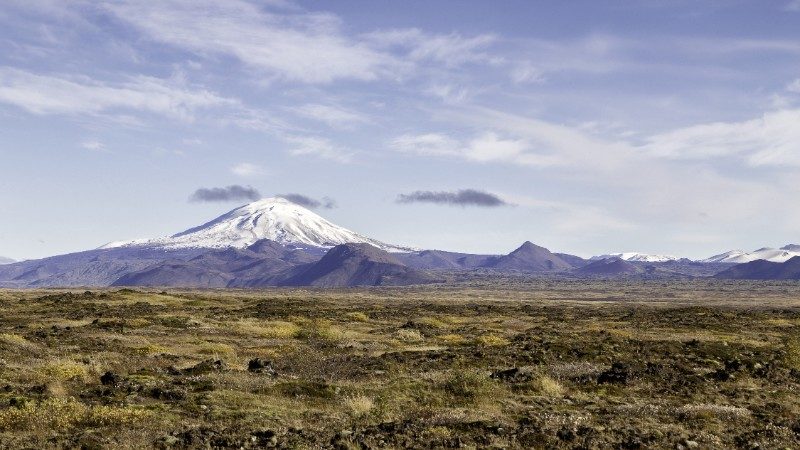
Hekla Volcano. Photo by Johann Helgason, Shutterstock
Smáratún are leaders in responsible tourism and sustainability. They grow their own crops on the 300-hectare farm (mostly potatoes, turnips and berries), and raise cattle, sheep, goats, pigs (during the summer months), Icelandic horses, chickens and ducks. All their animals are free range and fed on a healthy diet of grass and leftover food scraps, which means less waste going to landfill. In 2014, the guesthouse received eco labelling from Nordic Swan (the official ecolabel of the Nordic countries), and are always looking for new ways to operate more sustainably.
VISIT SMARATUN ON ANY OF THESE ADVENTURES
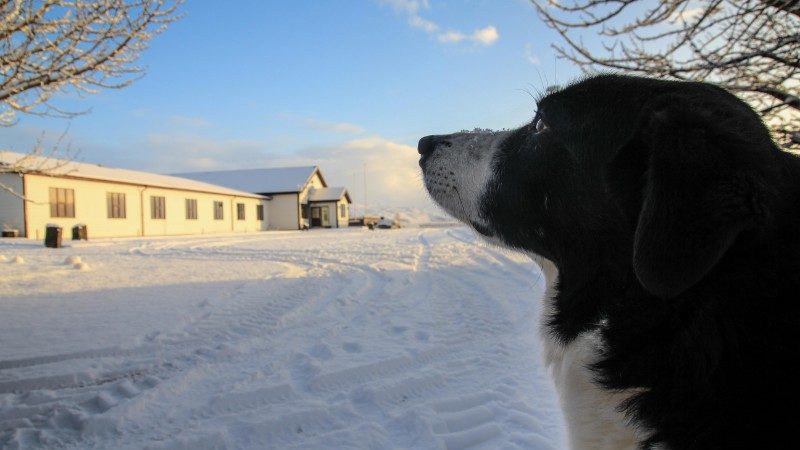
Timmy, Smáratún’s resident pooch. Photo provided by Smáratún Guesthouse
Last year, the owners had the idea to start a small tree-planting project on their land, which is where you come in. Accompanied by a representative from the farm, guests head out into the hills surrounding the property, armed with spades, watering cans and native birch saplings, which are then planted in shelterbelts. It’s an awesome opportunity to learn more about the farm and Smáratún’s ongoing sustainability policies, as well as reducing your carbon footprint. Feedback on the project has been really positive; for many travellers, the chance to help repopulate Iceland with trees becomes the highlight of their trip.
SUBSCRIBE TO INTREPID’S NEWSLETTER FOR TRAVEL TIPS, COMPETITIONS, GIVEAWAYS & MORE
In July 2018, a film crew from an Icelandic news network stopped by Smáratún and spotted a group of Intrepid travellers planting trees. Check out their story here (it’s in Icelandic, but you get the idea!).
It’s a slow process, but with more people keen to get their hands dirty, and a little more funding from the government, Iceland’s trees are gradually starting to grow again.
Want to help out? Visit Smáratún, pat the horses and plant some trees on any of these Icelandic adventures.
Feature image by MetamorphosaX, Shutterstock

